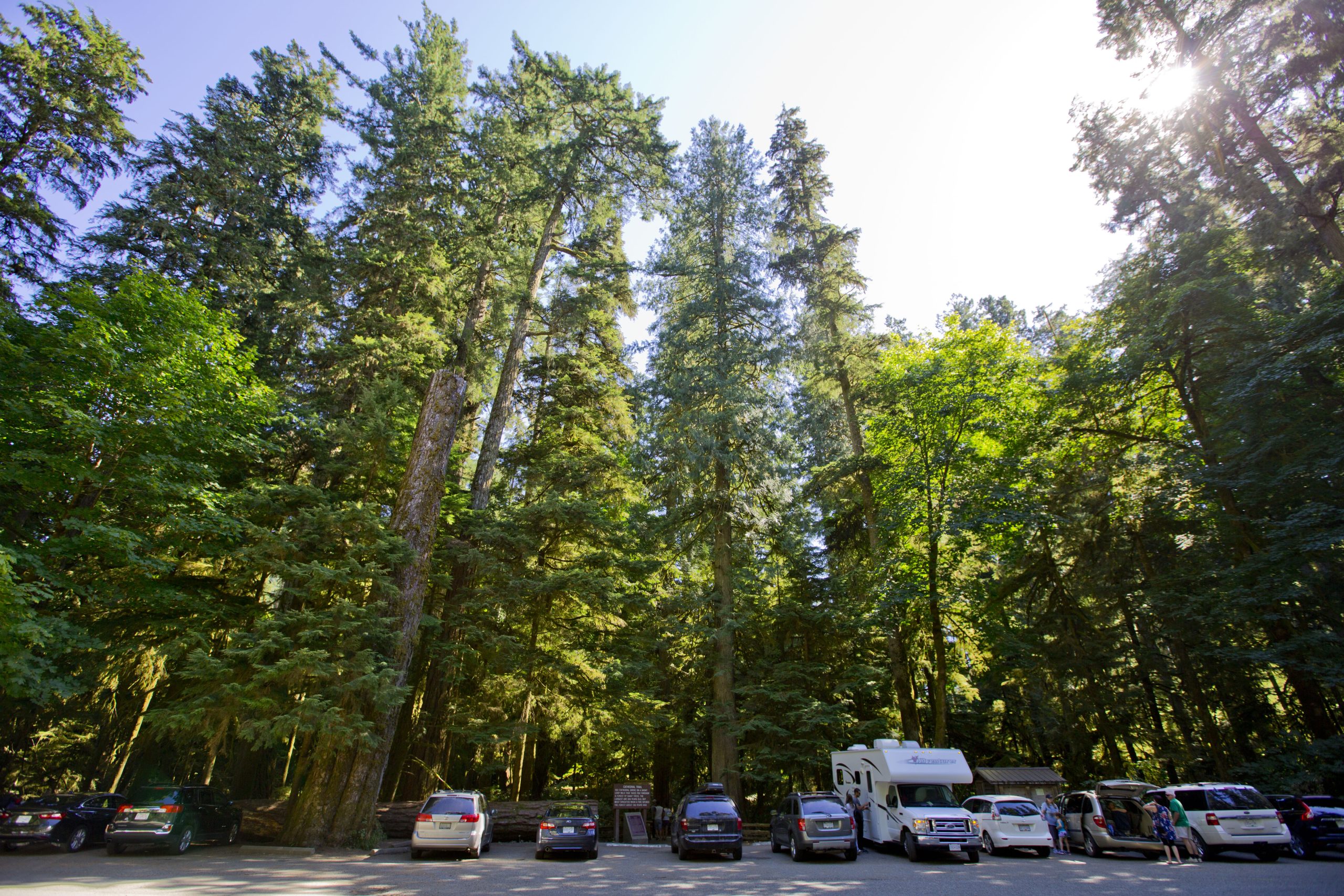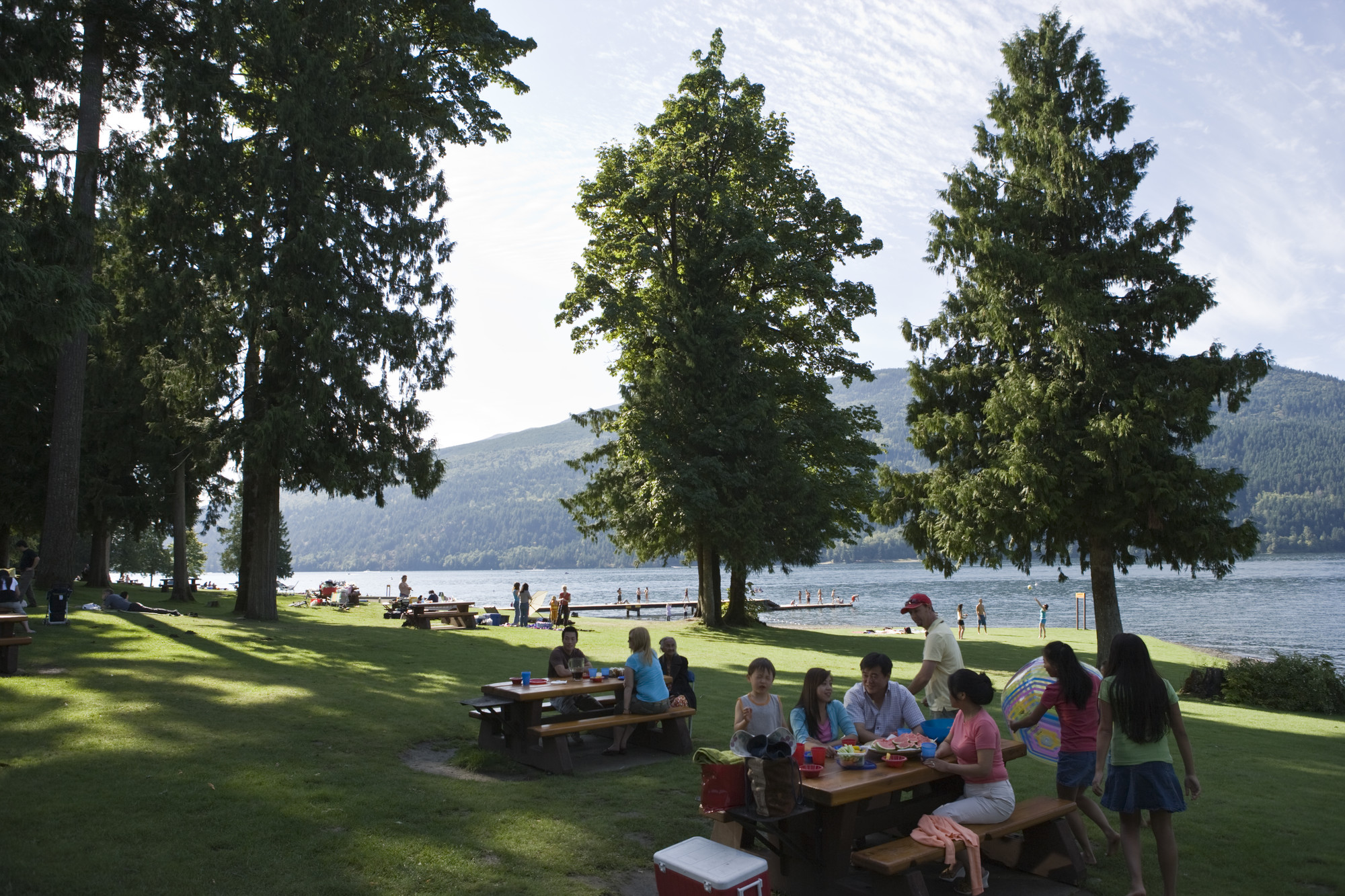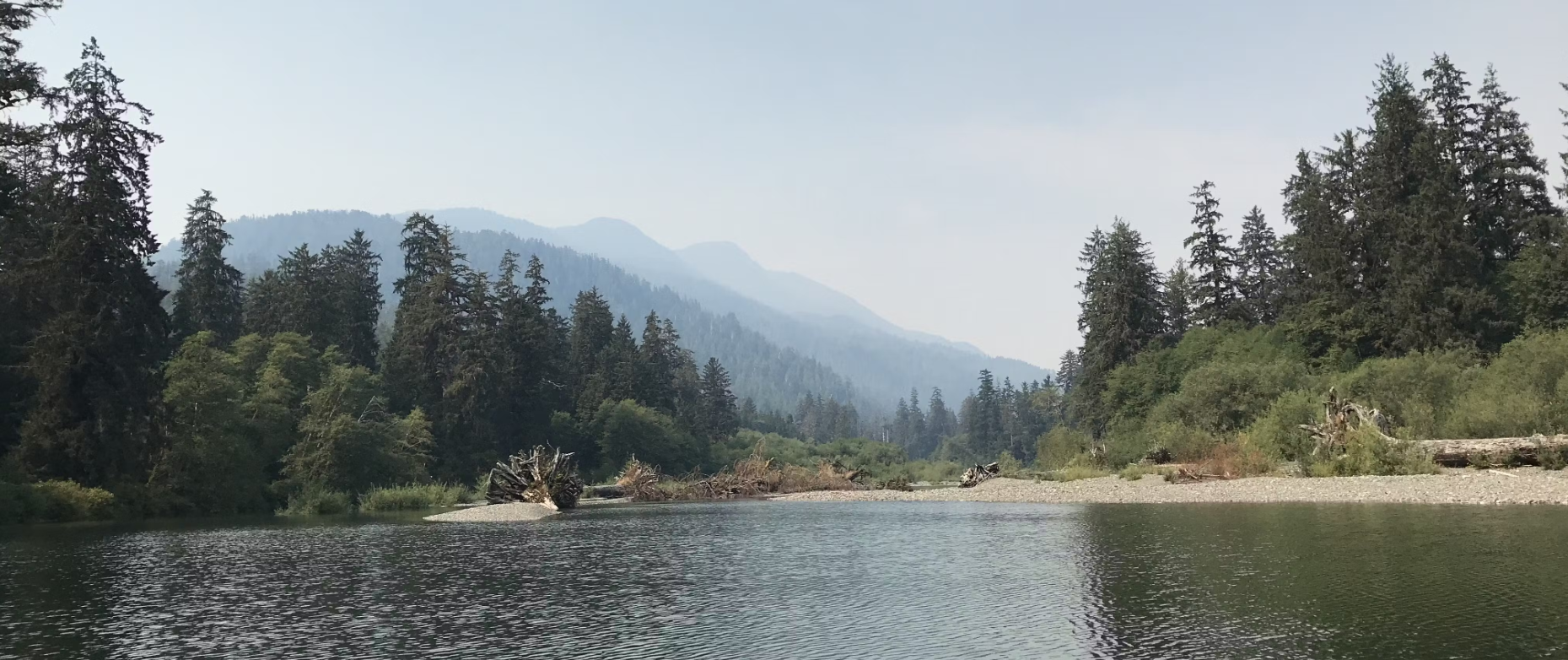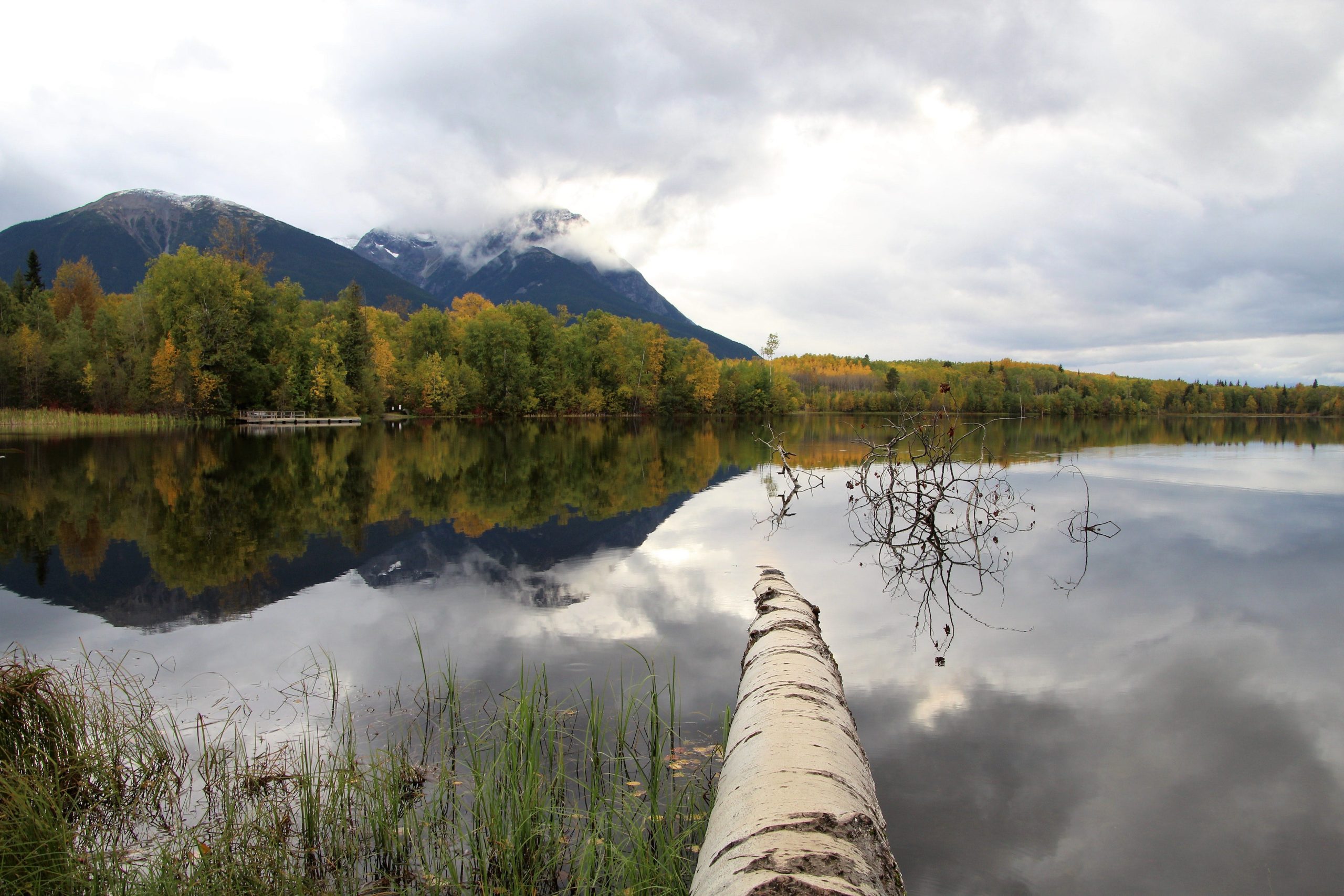
Cathedral Grove
On this page:
Overview
Who: The Ministry of Transportation
What: A pedestrian and traffic safety study
Where: MacMillan Provincial Park / Cathedral Grove
Why: To find solutions to ongoing safety and traffic concerns
How: Online, in person
Engagement summary
MacMillan Provincial Park, also known as Cathedral Grove, is world-renowned for its giant old-growth Douglas Firs, which attract approximately 500,000 visitors annually. Most visitors arrive by vehicle, park along Highway 4 and cross the highway to visit both sides of the park.
The Cathedral Grove Pedestrian and Traffic Safety Study is working collectively with park visitors, Indigenous communities, law enforcement and governing partners to find solutions to ongoing safety and traffic concerns surrounding parking and pedestrian movements along Highway 4.
Phase 1:
The Ministry of Transportation and Infrastructure has completed the first phase of public consultation through open houses and an online questionnaire.
Phase 2:
The goal of the phase two engagement process was to learn more about how to address safety and parking concerns at Cathedral Grove, while protecting environmental, social and cultural values of the park.
Results
Phase 1:
- 1,584 visits to the engagement site
- 447 questionnaires completed
- 30 attendees at Parksville Open House
- 45 attendees at Port Alberni Open House
Read the engagement summary report and the complete record of engagement responses.
Phase 2:
- 992 questionnaires completed
- 83 participants at public events
- 2,916 visits to the project website
Read the Phase 2 engagement summary report and the complete record of engagement responses.
The ministry is moving forward with detailed engineering on solutions to improve safety and capacity for visitors at Cathedral Grove in MacMillan Provincial Park, while protecting the environmental, social, and cultural values associated with the park.
The options the ministry is exploring originated through feedback received during phases one and two of online and face-to-face consultations. The ministry will now take the feedback, as well as input from Indigenous communities and local governments, onto the next phase. This includes engineering design work to refine the scope and costs.






